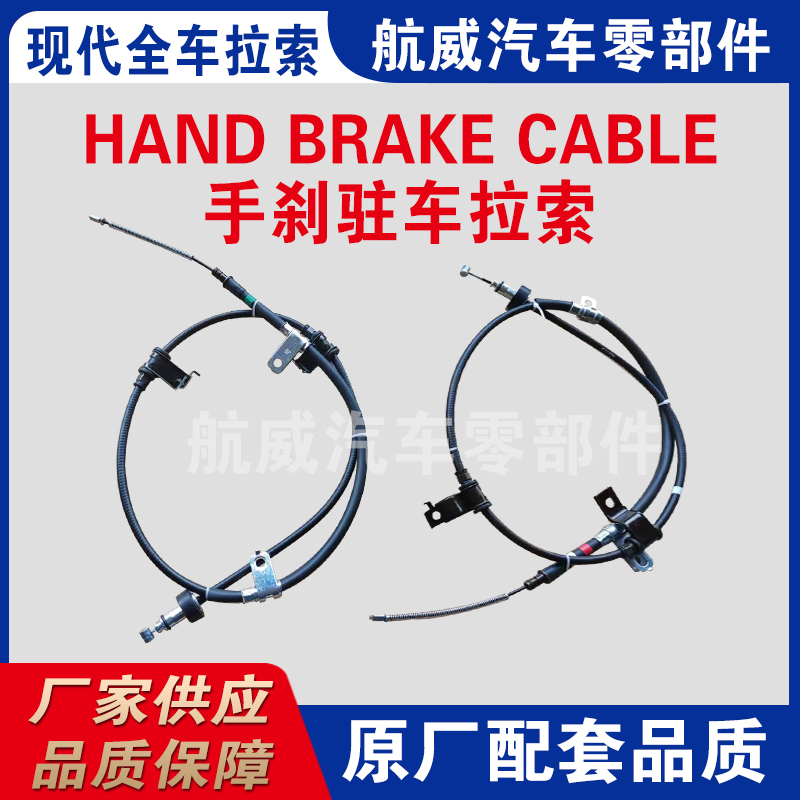Throttle Cable Management and Optimization for Enhanced Vehicle Performance
Understanding Throttle Cable Control Mechanism, Importance, and Maintenance
Throttle cable control is a critical component in many vehicles, particularly those with internal combustion engines. It plays a pivotal role in regulating the power output of the engine by controlling the airflow and fuel mixture entering the combustion chamber. As drivers, we often take for granted the intricate systems that allow our vehicles to function smoothly, but a closer look at throttle cable control reveals its importance and the need for proper maintenance.
At its core, the throttle cable is a mechanical linkage between the accelerator pedal and the throttle body of the engine. When the driver presses the accelerator pedal, the cable pulls a lever on the throttle body, which opens the throttle and allows more air and fuel to enter the engine. This process not only increases engine power but also regulates the speed of the vehicle. In modern vehicles, the throttle control system has evolved into electronic throttle control (ETC), which utilizes sensors and electronic signals instead of a physical cable. However, understanding the traditional cable system is crucial for appreciating the evolution of automotive technology.
One of the primary reasons throttle cable control is significant lies in its direct impact on vehicle performance. A properly functioning throttle cable ensures that the driver can accelerate smoothly and maintain control over the vehicle's speed. If the throttle cable becomes worn, frayed, or disconnected, it can lead to erratic acceleration, reduced engine response, or even complete failure to accelerate. Such issues can pose significant safety risks, making it essential for drivers to recognize the signs of a failing throttle cable.
throttle cable control

Common symptoms of throttle cable issues include a sticky or unresponsive accelerator pedal, sudden changes in engine speed, or excessive engine revving when the pedal is released. If drivers notice any of these issues, it is crucial to address them promptly. Ignoring throttle cable problems can result in more extensive damage to the engine or throttle body, leading to costly repairs and potential hazards while driving.
Maintenance of the throttle cable is relatively straightforward, yet often overlooked. Periodic inspections can help catch potential issues before they escalate. Drivers should regularly check for signs of wear, such as fraying or stiffness in the cable. Lubricating the cable at recommended intervals can also enhance its performance and longevity, ensuring smooth operation. Additionally, maintaining proper tension in the cable is essential; a slack cable may cause delayed acceleration responses, while an overly tight cable can lead to premature wear and increased strain on the throttle body.
In summary, throttle cable control is a foundational aspect of vehicle operation, directly influencing acceleration and overall performance. Understanding its mechanics, recognizing symptoms of failure, and implementing routine maintenance can significantly enhance vehicle reliability and safety. As automotive technology continues to evolve, the principles of throttle control remain relevant, serving as a reminder of the importance of each component in the intricate machinery of a vehicle. Whether dealing with a traditional cable system or a modern electronic version, staying informed and proactive about throttle control can make a significant difference in driving experience and safety on the road.
-
Workings of Clutch Pipe and Hose SystemsNewsJun.04,2025
-
The Inner Workings of Hand Brake Cable SystemsNewsJun.04,2025
-
The Secrets of Throttle and Accelerator CablesNewsJun.04,2025
-
The Hidden Lifeline of Your Transmission Gear Shift CablesNewsJun.04,2025
-
Demystifying Gear Cables and Shift LinkagesNewsJun.04,2025
-
Decoding Clutch Line Systems A Comprehensive GuideNewsJun.04,2025
